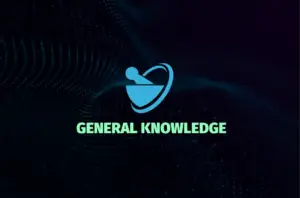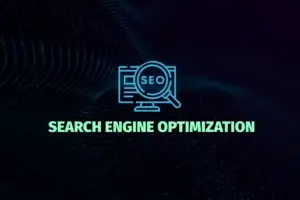In the ever-evolving pharmacy landscape, one truth remains constant: knowing your audience is paramount. It’s easy to think we know who our patients are based on gut feelings or anecdotal evidence. However, without concrete data, do we truly understand them? In this blog post, we’ll explore why data-driven insights are crucial for grasping your audience’s needs and behaviors and how to gather that data effectively.
The Illusion of Understanding
Many pharmacies fall into the trap of making assumptions about their audience. Perhaps you believe your patients value low prices above all else. While this assumption might stem from experience, it can be dangerously misleading. The truth is, audience dynamics can be nuanced and multifaceted, often influenced by factors that aren’t immediately apparent.
Data provides a more comprehensive view of who your audience really is. It can reveal patterns in purchasing behavior, preferences, demographics, and even emotional triggers that you might never have considered. Without this insight, you risk missing opportunities to connect with your audience effectively.
Why Data-Driven Insights Matter
- Accuracy Over Assumptions: Data helps you move from guesswork to informed decision-making. This can lead to more effective marketing strategies and product development tailored to real patient needs.
- Segmentation and Personalization: With the right data, you can segment your audience into specific groups based on behavior, preferences, and demographics. This segmentation allows for personalized messaging that resonates with each group, increasing engagement and conversion rates.
- Enhanced Customer Experience: Understanding your audience’s pain points and preferences enables you to create a better overall experience. When patients feel understood, they are more likely to stay loyal to your brand.
- Informed Product Development: Data insights can guide product enhancements or new offerings based on what your audience truly desires, rather than what you think they need.
- Predictive Analytics: Analyzing historical data can help predict future behavior, allowing you to stay ahead of trends and patient demands.
Gathering the Right Data
Now that we understand the importance of data-driven insights, how can you effectively gather this information? Here are some strategies:
- Surveys and Feedback Forms: Create surveys to gather direct feedback from your audience. Ask about their preferences, experiences, and expectations. Keep it concise to encourage participation.
- Website Analytics: Tools like Google Analytics can provide invaluable data on visitor behavior, demographics, and engagement levels. Understanding how users interact with your site can inform your marketing strategies.
- Social Media Insights: Platforms like Facebook and Instagram offer analytics that can reveal audience demographics, interests, and engagement metrics. This data can help tailor your content to resonate with your audience.
- Customer Relationship Management (CRM) Systems: Implementing a CRM can help you track patient interactions, preferences, and purchasing history, providing a wealth of data to analyze.
- A/B Testing: Experiment with different approaches—be it email campaigns, website layouts, or product offerings—and analyze the results to see what resonates best with your audience.
- Competitor Analysis: Study your competitors to identify what’s working for them.
In today’s data-driven world, understanding your audience requires more than assumptions; it demands rigorous analysis and insight. By leveraging data, you can gain a deeper understanding of who your patients are, what they want, and how to engage with them effectively. Investing in data collection and analysis is not just beneficial; it’s essential for building a successful business that resonates with its audience.
So, ask yourself: how well do you really know your audience? If the answer is uncertain, it might be time to dive into the data and discover the insights waiting to be uncovered. Your business—and your patients—will thank you.



